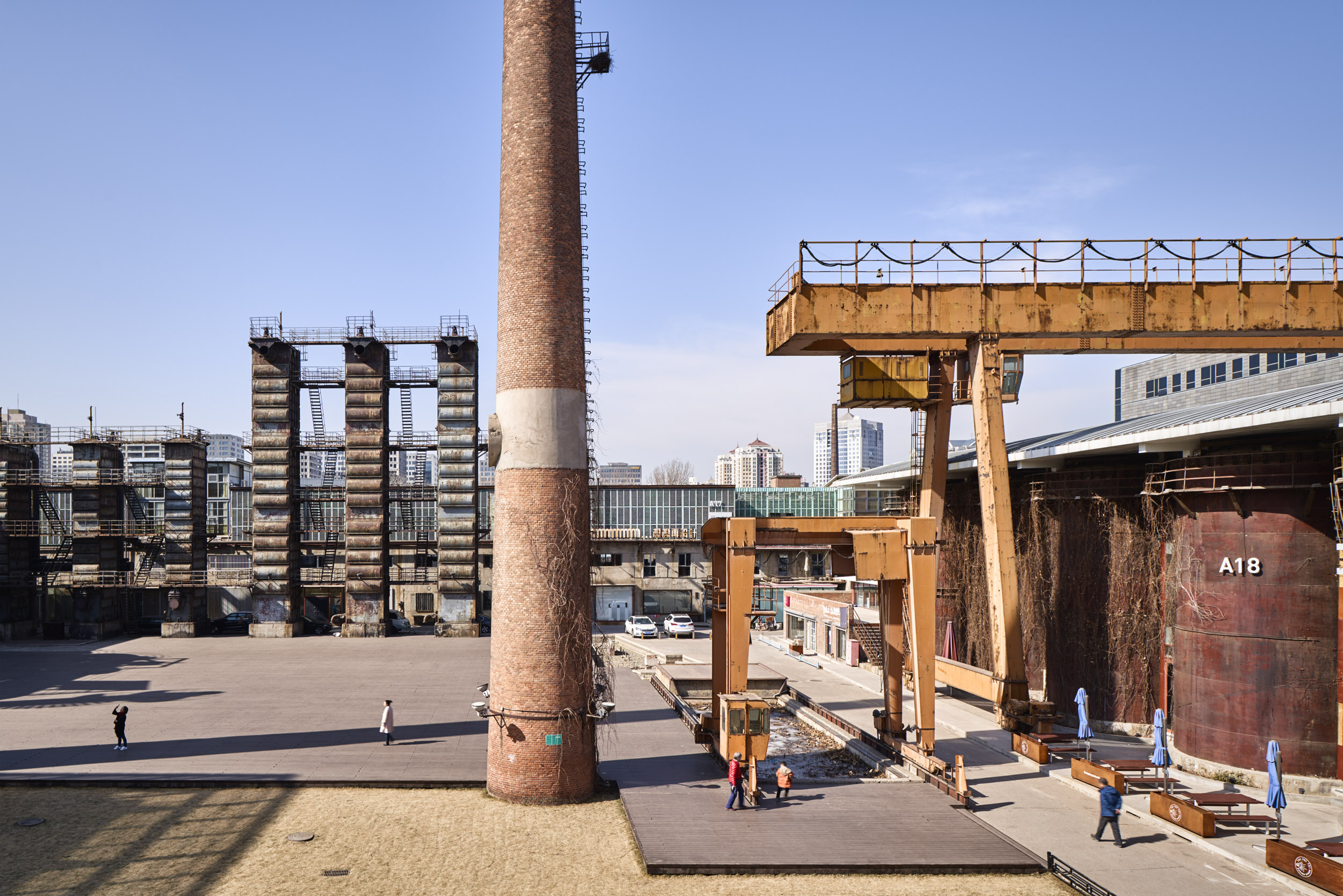Architects: Want to have your project featured? Showcase your work by uploading projects to Architizer and sign up for our inspirational newsletters.
When we think of landscape architecture, the first images that usually come to mind are trees, flowers and soil. But landscape architecture is a process of design that encompasses far more than flora. From public spaces and hardscapes to piers, streets and coastlines, a landscape architect’s purview extends from storytelling to community engagement. The American Society of Landscape Architects (ASLA) defines the discipline as the planning, design, management and nurturing of built and natural environments.
At the heart of landscape architecture is a shared understanding about time, haptic connection and human experience. Landscape architects plan and design parks, campuses, streetscapes, trails, plazas, residences and other projects. They draw from a training that encompasses a deep and holistic way of thinking about human relationships and how we engage with diverse environments. Across rural and urban projects, their process of study, design, and development is also tied to human aspirations and hopes for what a future landscape or place may one day become. The following projects showcase the possibilities of landscape architecture when plants don’t take center stage but rather, each work explores the discipline through different materials, strategies and perspectives.
The Underline’s Brickell Backyard
By James Corner Field Operations, Miami, FL, United States
Jury Winner, 10th Annual A+Awards, Architecture +Urban Transformation


Starting with Brickell Backyard, The Underline is linking adjacent neighborhoods with downtown Miami and other destinations through its bicycle and pedestrian paths that directly connect with the Miami-Dade transit system. The Underline represents a new form of public space, leveraging existing infrastructure with multimodal paths that link directly to public transit.
Brooklyn Basin Township Commons
By Einwiller Kuehl Landscape, Oakland, CA, United States
Jury Winner, 2021 A+Awards, Architecture +Urban Transformation
The design was made to celebrate movement — evoking the past movements of shipping history of the trains, trucks, ships and workers that exchanged goods at this site — as a place for people to move on bikes, scooters, roller skates and on foot as they enjoy the curated hardscape. The deck has become a public stage for dance and yoga.
HEITO 1909
By ECG International Landscape consultants, Taiwan
Popular Choice, 2021 A+Awards, Public Park
This preservation and adaptive reuse of ruins into the landscape is rooted in Taiwan. The landscape approach incorporates the ruins and damaged structures into the urban facility for people to experience. The design endeavored to recover and identify each remaining structure. The ruins are like microscope of Pingtung’s (Heito) history, different type of pavilions interpretations each section of history, a time of exploration and agriculture.
Beale Street Landing
By Balmori Associates, Memphis, TN, United States
Jury Winner, 2016 A+Awards, Marinas & Ports
Thats the reason why they minimized all vertical and obstructing elements and why the terminal building was surrounded entirely with a clear storefront to allow river views through it. Likewise, the terminal building service core, which penetrates the roof, was wrapped with a photo of the river during sunset. The image was then pixelated in 20 colors and built with aluminum colored panels.
Chicago Riverwalk
By Sasaki and Ross Barney Architects, Chicago, IL, United States
The design team needed to expand the pedestrian program spaces and negotiate a series of under-bridge connections between blocks. Further, the design had to account for the river’s annual flood dynamics of nearly seven vertical feet. Turning these challenges into opportunities, the team imagined new ways of thinking about this linear park. Rather than a path composed of 90-degree turns, the team re-conceived of the path as a more independent system — one that, through changes in its shape and form, would drive a series of new programmatic connections to the river.
Beijing 798 Arts District Vision Plan
By Sasaki, Beijing, China
In 2004, the government considered these 50-year-old East German designed factory buildings as a low density waste of space in a city that needed to build vertically. Although these factory buildings are what give the district its unique architectural aesthetic, Beijing is a metropolis that values its blend of rich ancient history and contemporary architecture, but tends to ignore its mid-century industrialism. Seeing the potential long-term value of the district, Sasaki and client Urbis Development worked together to create a vision plan that would emphasize the district’s modern style and integrate its unique architecture and industrial elements.
Navy Pier
By James Corner Field Operations, Chicago, IL, United States
Chicago’s Navy Pier is the great “people’s pier” envisioned as part of Daniel Burnham’s 1909 plan for how Chicago met the lakefront. 2016 marked the Pier’s centennial anniversary and the completion of a first-phase transformation of Navy Pier into the people’s pier once again. The approach for the redesign deployed a three part strategy of strengthening connections between the city and lake, refreshing and decluttering the pier to make way for new infrastructure, and embracing Chicago.
Architects: Want to have your project featured? Showcase your work by uploading projects to Architizer and sign up for our inspirational newsletters.
